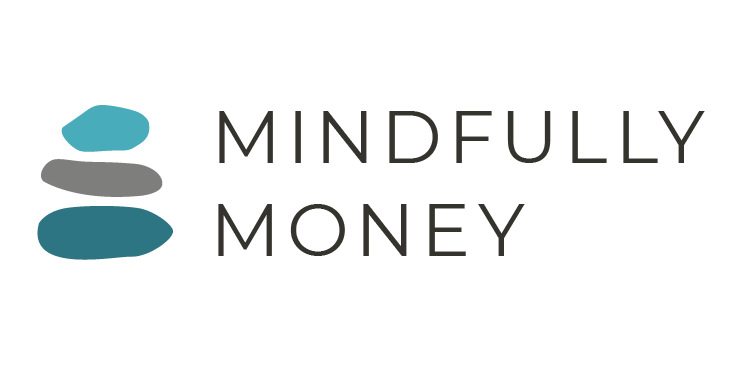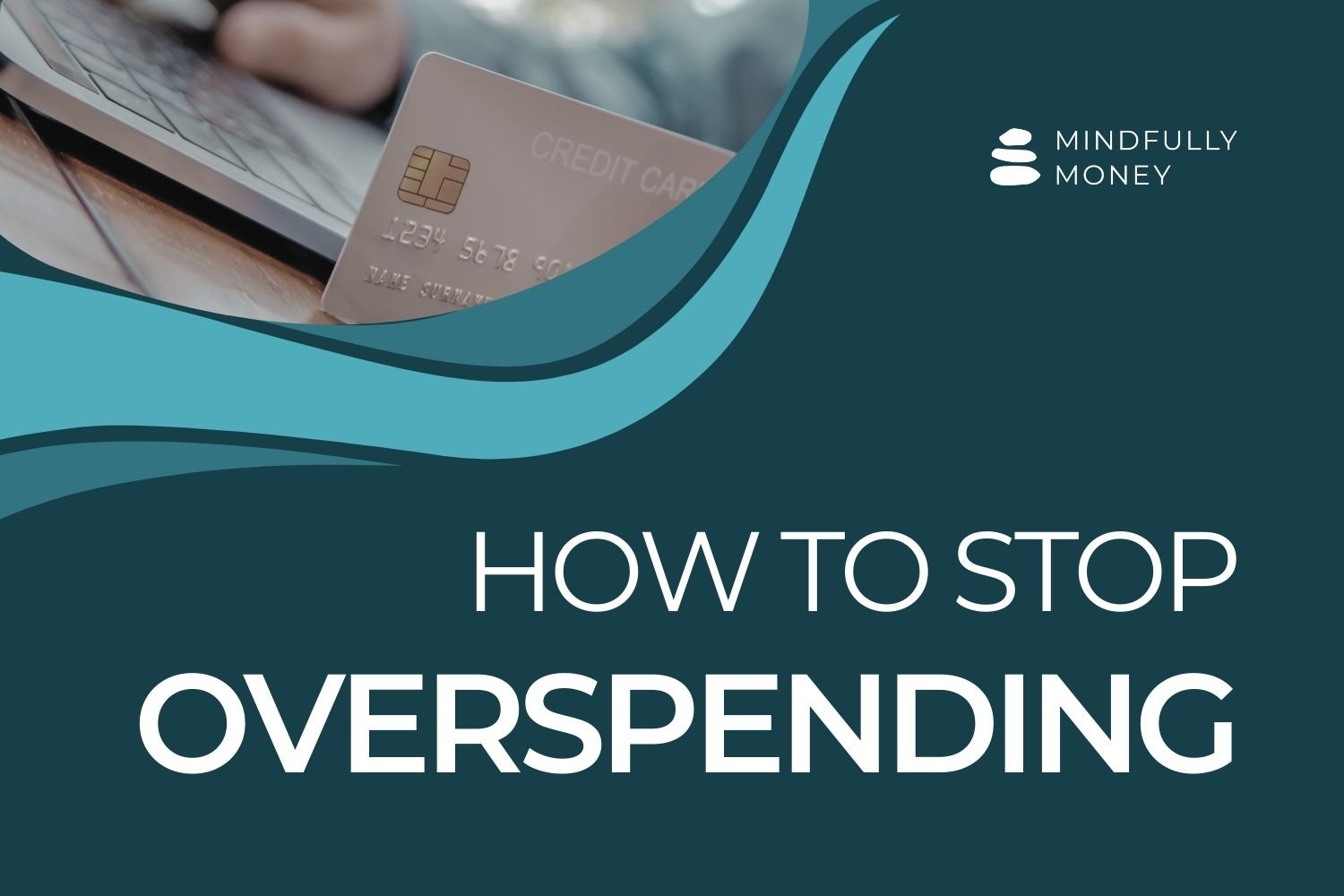Budgeting for Beginners Part 1: Figuring Out Where Your Money Goes
PIN FOR LATER
If there’s one thing everyone knows about personal finance, it’s that you’re supposed to have a budget. According to debt.com, 80% of people in 2021 have a budget and 88% think you should have a budget. So we’ve all clearly heard the term budgeting, but do we really understand what budgeting actually is and why it’s even important?
I would argue that most of us have no idea what we’re doing when it comes to budgeting.
If you’re anything like me, you probably think about restricting what you buy and giving up all enjoyment in life. Blame that on our Depression era grandparents and great-grandparents who were forced to be frugal and the influence of Puritanism in American culture that tells us that spending on things we just want is bad.
Besides, budgeting is not fun. Who wants to write down every little thing they buy or go to the bank to get cash for your system of envelopes? (If that’s something you do and enjoy, more power to you!)
But I’m going to let you in on a little secret: I don’t have a budget—at least not THAT kind of budget.
I have never once in my life sat down and assigned amounts to various categories and then tried to restrict myself from spending more than that amount.
(Whaaaaat?!?! How can a financial coach not have a budget?!?!)
The thing is—that’s not really what budgeting is. I prefer to think of budgeting as an intentional spending plan (or shall we say, a “mindful” spending plan?).
Whatever you choose to call it, the point is that you need a system for helping you figure out what the heck is happening with your money and what you want to happen with your money. As I’ve written before, the goal of a budget is not simply to have a budget. Rather, a budget is a tool to help you achieve your financial and life goals.
There are two basic parts to any (good) budget or intentional spending plan:
Knowing where your money went (covered in this article)
Telling your money where to go (read here).
Knowing Where Your Money Went
Knowing where your money went is at the heart of personal finance. You have no hope of doing anything else with your money if you don’t know where it went. The same debt.com survey from above indicates that 88% of budgeters felt like a budget helped them stay out of debt. Keeping track of your money is the foundation that allows you to reach all of your other goals.
So why don’t people budget?
Budgeting is just plain hard because it has as much to do with emotions as it does with recording numbers.
First you have to figure out which method to use and then you have to implement it. Often, people don’t budget because figuring out how is simply too overwhelming: they don’t know where to start. Other times, people have tried budgeting and just can’t seem to get it to work.
On top of that, budgeting often makes us feel like crap. Every time my husband enters the financial numbers for the month, I inevitably feel guilty about anything I bought. Even if I know we have enough money. Even though I know that it is just fine to spend money on things I want/need because we have enough. I know better and I still have that immediate response.
Does that sound like you? If so, I want you to know that it’s okay and you’re not alone. We are human beings with particular sets of experiences, levels of knowledge, tendencies, etc. It makes sense that you are in the place you are and that you do the things you do. You’ve been doing the best you can and that is okay.
But you also can’t let those feelings keep you from moving forward. Notice and observe those feelings. Acknowledge that they are there and then focus on what you’ll do next. Whatever mistakes you’ve made or will continue to make with your money have nothing to do with your self worth and who you are as a person.
So forgive yourself for anything making you feel bad about the past and let’s get started!
How to Track Your Money
You can track your money in any way you want. There is no right or wrong way—only the way that is right for you. It can be as simple or as complicated as you want to make it, but it’s important to choose a way that you’ll actually do. So don’t make it so complicated that you give up after one month.
Step 1: Choose a place/method for tracking your expenses. You have basically three options:
Pen(cil) and paper: Yep, take a piece of paper and write it all down. Record the date, a description, the amount, and maybe a category if that’s something you want to do.
Want a free printable worksheet for writing down what you spend? Click here.
A spreadsheet: The internet is full of budget spreadsheet templates, but if you don’t find one you like, you can create your own. Make each column a month and each row an expense. This way you can track and compare expenses month to month.
An app/website: connect your bank accounts and credit cards to your app and then log in at least once per month to review.
Step 2: Record your expenses.
Write down everything from monthly (or yearly) bills to Target trips, to lattes. (I see you over there trying to pretend like that stop at Dippin’ Dots didn’t happen. Write it down and move on. No judgment, guilt, or shaming.) If you’re using an app, add in anything that wasn’t automatically added, such as anything you purchased with cash.
Sign up for my email list to get a free expense tracking worksheet where you can write down everything you buy.
Step 3: Update and review at least once per month.
At the beginning of each month, add up all of your expenses and take note of where your money went. If this is challenging, try doing it more frequently at first.
That’s it! You’ll know you’ve been successful if you now know where each dollar went last month. Once you’ve got the hang of tracking where your money went, it’s time to start telling your money where you want it to go.
Next up: Tell Your Money Where to Go
Sign up for my newsletter to make sure you don’t miss any new posts and important money tips!












